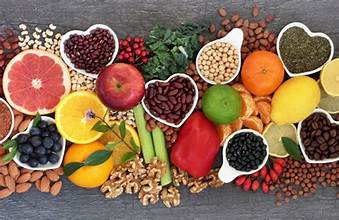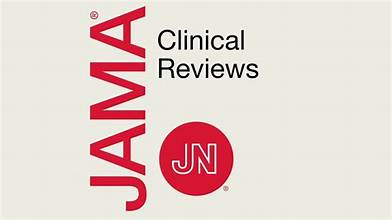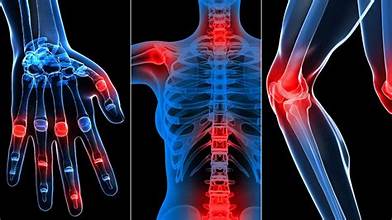Excess belly fat is not just a cosmetic concern it can significantly raise your risk of developing chronic health conditions such as heart disease, type 2 diabetes, high blood pressure, and even certain cancers. To reduce belly fat effectively, you can adopt a combination of healthy lifestyle habits. Limiting alcohol intake is important because alcoholic drinks are often high in empty calories that contribute to fat storage around the abdomen. Increasing your protein intake can help boost metabolism, control appetite, and preserve muscle mass while losing fat. Strength training or weightlifting is another powerful strategy, as it builds lean muscle, which in turn increases calorie burning even at rest.
A particularly harmful type of belly fat, known as visceral fat, sits deep within the abdominal cavity and surrounds vital organs. This type of fat is strongly linked to a higher risk of type 2 diabetes, cardiovascular disease, and other serious health issues. While many health experts rely on the body mass index (BMI) to categorize weight and estimate the risk of metabolic disorders, BMI has its limitations since it only considers height and weight and does not reflect body composition or the amount of visceral fat.
Although reducing fat in the abdominal area can be challenging, adopting the right lifestyle strategies can make it possible to lower excess belly fat and improve long-term health.
Seven best tips to fast reduce belly fats:
1.Add More Soluble Fiber to Your Diet:
Soluble fiber is highly beneficial for digestion and weight control. When it dissolves in water, it creates a gel-like texture that slows down the movement of food through your digestive system. This helps you stay satisfied for longer periods, which naturally reduces overall calorie intake and supports fat loss.
Studies have also linked soluble fiber to a reduction in belly fat. For example, research involving over 1,100 participants showed that increasing daily soluble fiber intake by just 10 grams was associated with a 3.7% decrease in abdominal fat gain over five years.
Great food sources of soluble fiber include:
- Fruits such as apples, pears, and berries.
- Vegetables like broccoli, carrots, and Brussels sprouts.
- Legumes, including beans, peas, and lentils.
- Whole grains such as oats and barley.
2.Follow a Protein-Rich Diet:
Protein is one of the most essential nutrients for effective weight management. A higher protein intake boosts the release of the satiety hormone peptide YY, which helps curb appetite and keeps you feeling full for longer.
In addition, protein increases your metabolic rate and preserves lean muscle mass while you’re losing weight. Research indicates that individuals who consume more protein generally carry less belly fat compared to those with lower protein intake.
To maximize these benefits, aim to include a quality protein source in every meal. Some excellent options are:
- Lean meats
- Fish and seafood
- Eggs
- Dairy products
- Whey protein
- Beans and other legumes
Making protein a consistent part of your diet can support fat loss, protect muscle, and help reduce abdominal fat over time.
3.Limit Your Intake of Sugary Foods:
Consuming too much sugar, especially foods and drinks high in added fructose, has been linked to a higher risk of chronic conditions such as type 2 diabetes, heart disease, and fatty liver disease. Studies also show that excessive sugar intake is strongly associated with increased belly fat.
It’s worth noting that not only refined sugar but also natural sweeteners, including honey, can contribute to fat gain if eaten in large amounts. For better health and weight control, it’s best to keep all forms of sugar in moderation.
4.Do Regular Aerobic Exercise (Cardio):
Cardio, or aerobic exercise, is a highly effective way to boost overall health and burn calories. Research indicates that it can help reduce belly fat, though findings are mixed on whether moderate or high-intensity workouts provide the greatest benefit.
What matters most is consistency and the amount of time spent exercising. For example, a 2015 study found that postmenopausal women who performed 300 minutes of aerobic activity per week lost more body fat across different areas compared to those who exercised for only 150 minutes weekly.
Incorporating regular cardio sessions such as walking, running, swimming, or cycling can be a powerful step toward reducing abdominal fat and improving fitness.
5.Manage Stress to Prevent Belly Fat Gain:
High stress levels can contribute to the buildup of belly fat by stimulating the adrenal glands to release cortisol, a hormone linked to increased appetite and fat storage in the abdominal area. Studies show that people with higher cortisol levels are more likely to gain weight around the waistline.
In fact, women with larger waist measurements often produce more cortisol when under stress, which can worsen fat accumulation in the midsection.
To lower stress and support belly fat reduction, try relaxation techniques such as meditation, yoga, or other calming activities that help restore balance to both body and mind.
6.Limit Your Intake of Fruit Juice:
While fruit juice does contain essential vitamins and minerals, it is also very high in sugar comparable to soda and other sweetened drinks. For instance, an 8-ounce (248 ml) glass of unsweetened apple juice has about 24 grams of sugar, more than half of which comes from fructose.
Studies indicate that regularly consuming large amounts of fruit juice may lead to weight gain, mainly because of its high calorie content rather than fructose alone.
To reduce belly fat and improve overall health, it’s best to limit fruit juice consumption and opt for lower-sugar alternatives such as water, unsweetened herbal tea, or sparkling water with a splash of lemon or lime.
7.Try Intermittent Fasting:
Intermittent fasting is a popular approach to weight management that alternates between periods of eating and fasting. This pattern doesn’t focus on what you eat but rather when you eat.
Common methods include fasting for 24 hours once or twice a week, or following the 16/8 plan, where you fast for 16 hours each day and eat all your meals within an 8-hour window.
Research shows that combining intermittent fasting with protein pacing eating balanced, nutrient-rich meals at regular intervals may result in greater reductions in body weight, total fat, and visceral fat compared to traditional calorie restriction.









